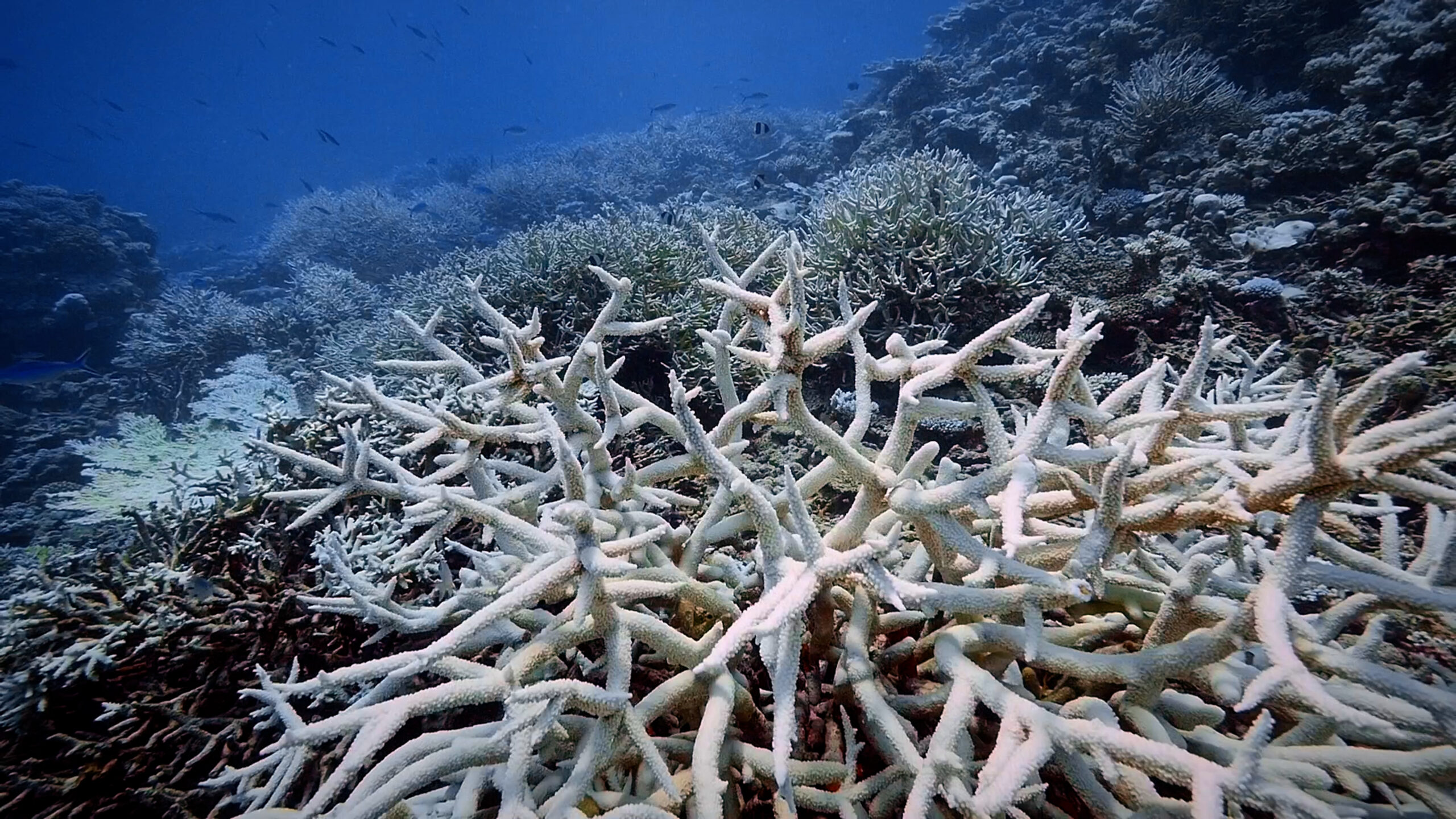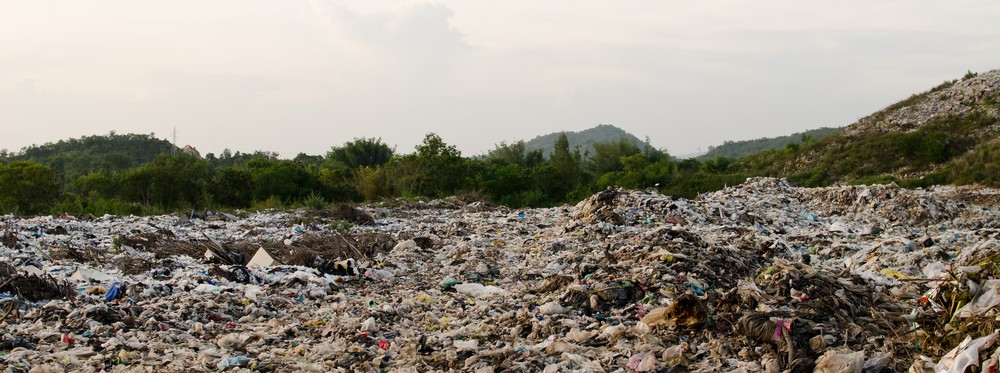Threats to Biodiversity
Understanding the Challenges Facing Our Planet's Ecosystems
Biodiversity, the variety of life on Earth, is crucial to the health of ecosystems and the well-being of all species, including humans. Unfortunately, biodiversity is under threat from a variety of human-induced and natural factors. These threats are pushing many species to the brink of extinction, altering ecosystems, and destabilizing our planet's life-support systems.
On this page, we will explore the major threats to biodiversity and their impacts on the environment. Understanding these threats is the first step in developing solutions and taking action to protect our planet's precious biodiversity.
Major Threats to Biodiversity

1. Habitat Destruction and Fragmentation
Human activities like urbanization, agriculture, and infrastructure development lead to the destruction of natural habitats and the fragmentation of ecosystems.
Key Impacts:
- Loss of biodiversity
- Reduced connectivity between ecosystems
- Disruption of ecosystem services
Example: Deforestation in the Amazon rainforest for agriculture and urban expansion.

2. Climate Change
Rising temperatures, changing precipitation patterns, and extreme weather events are altering ecosystems and habitats worldwide.
Key Impacts:
- Shifts in species distributions
- Ocean acidification and coral bleaching
- Destruction of habitats (e.g., melting ice caps)
Example: Coral reefs affected by rising ocean temperatures, leading to widespread bleaching events.

3. Pollution
Chemical, plastic, noise, and light pollution contaminate ecosystems, harm species, and disrupt ecological balance.
Key Impacts:
- Toxicity to plants, animals, and humans
- Accumulation of pollutants in the food chain
- Disruption of wildlife behavior
Example: Plastic pollution in oceans affecting marine life through entanglement and ingestion.
4. Overexploitation
Unsustainable use of natural resources, including hunting, fishing, logging, and the wildlife trade.
Key Impacts:
- Species population decline and extinction
- Disruption of ecological balance
- Loss of genetic diversity
Example: Overfishing of cod and other fish species, leading to population collapse.
5. Invasive Species
Non-native species introduced to new environments can disrupt local ecosystems and outcompete or prey on native species.
Key Impacts:
- Loss of native species and biodiversity
- Alteration of ecosystem dynamics
- Economic losses in agriculture and fisheries
Example: The zebra mussel invasion in the Great Lakes, outcompeting native species.
6. Land Use Change and Agricultural Expansion
Conversion of natural habitats into agricultural land, leading to loss of biodiversity and ecosystem services.
Key Impacts:
- Loss of native habitats and species
- Soil degradation and erosion
- Increased use of pesticides and fertilizers
Example: Deforestation for palm oil plantations in Southeast Asia.
7. Deforestation
Large-scale removal of forests for timber, agriculture, mining, and urban expansion.
Key Impacts:
- Habitat loss for countless species
- Contribution to climate change
- Disruption of water cycles
Example: Illegal logging in tropical rainforests, destroying habitats for numerous species.
8. Disease
Diseases, both natural and introduced by humans, can have devastating effects on wildlife populations.
Key Impacts:
- Population decline in vulnerable species
- Potential for disease to spread across ecosystems
- Disruption of food webs
Example: Chytridiomycosis decimating amphibian populations worldwide.
9. Ocean Acidification
Increased absorption of CO2 by oceans leads to more acidic waters, threatening marine ecosystems.
Key Impacts:
- Loss of coral reefs
- Impact on marine food webs
- Decline in shellfish populations
Example: Declining shellfish populations due to difficulty forming shells in acidic waters.
Taking Action Against Biodiversity Loss
The threats to biodiversity are numerous and complex, but with collective action, we can make a difference. By understanding these challenges, we can work together to develop solutions and protect our planet's precious ecosystems.
Get Involved in Conservation